OF THE
TIMES
A nation that continues year after year to spend more money on military defense than on programs of social uplift is approaching spiritual doom.
Wow. Such a bizarre statement to make about Mike Flynn when the truths about him, currently being exposed, are actually quite damning! Disgraced...
“The billionaire, who bought X in 2022 with a declared mission to save free speech, posted a meme on the platform that showed X stood for "free...
I thought the financial destruction of the collective west is the goal of the globalist elitists.
Post-capitalism is not the new feudalism. Feudalism is a person who comes and says, “In the early stages, your body belongs to me, but not as a...
And sometimes they ask me: "But how are new elites created?" When the crisis reaches its peak, new elites emerge with bloodshed. Then new...
To submit an article for publication, see our Submission Guidelines
Reader comments do not necessarily reflect the views of the volunteers, editors, and directors of SOTT.net or the Quantum Future Group.
Some icons on this site were created by: Afterglow, Aha-Soft, AntialiasFactory, artdesigner.lv, Artura, DailyOverview, Everaldo, GraphicsFuel, IconFactory, Iconka, IconShock, Icons-Land, i-love-icons, KDE-look.org, Klukeart, mugenb16, Map Icons Collection, PetshopBoxStudio, VisualPharm, wbeiruti, WebIconset
Powered by PikaJS 🐁 and In·Site
Original content © 2002-2024 by Sott.net/Signs of the Times. See: FAIR USE NOTICE
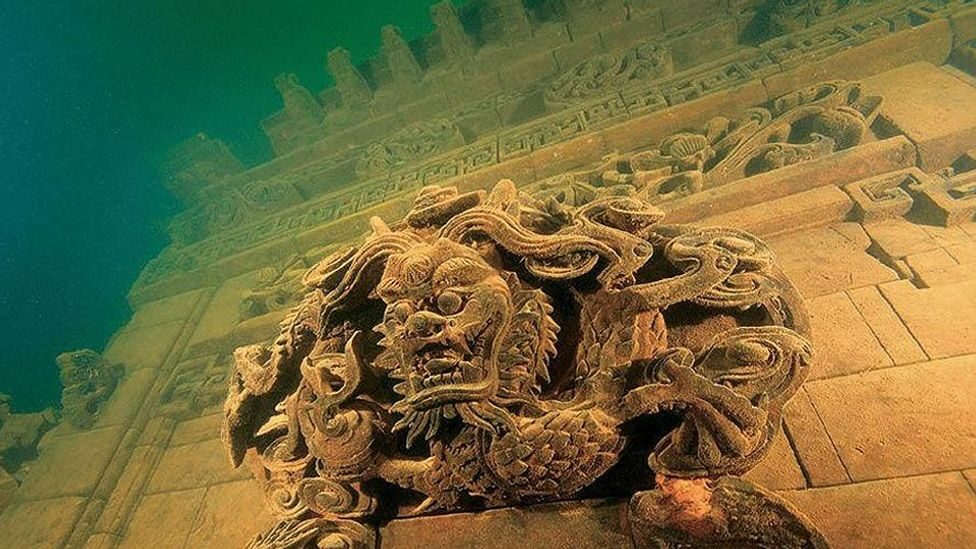
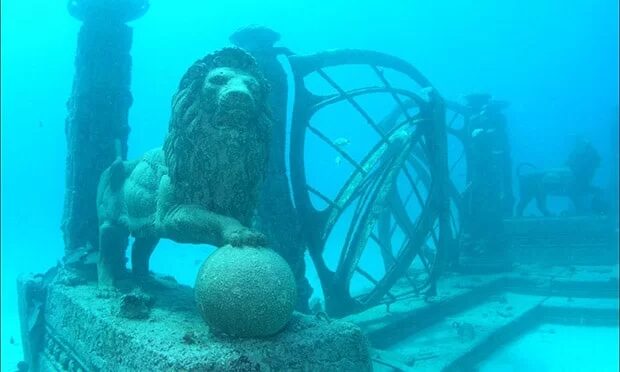
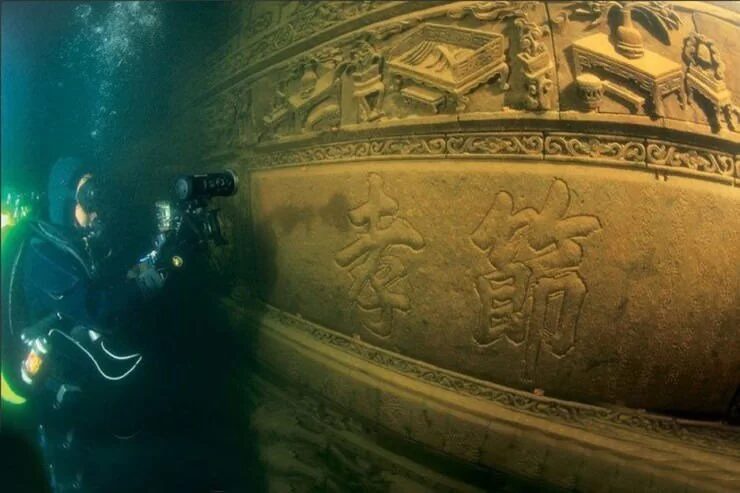
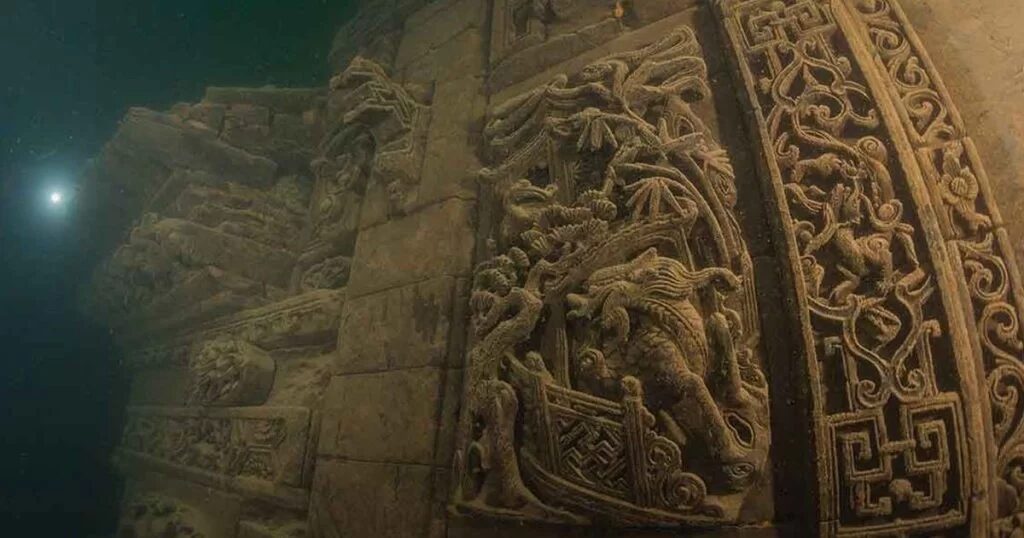
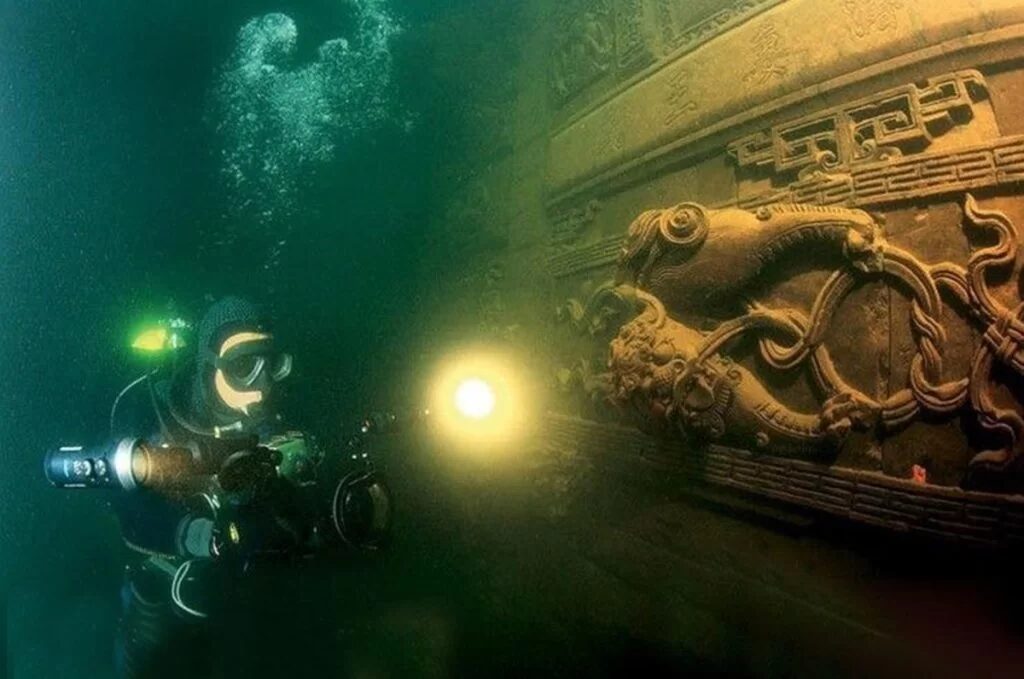
Reader Comments
to our Newsletter